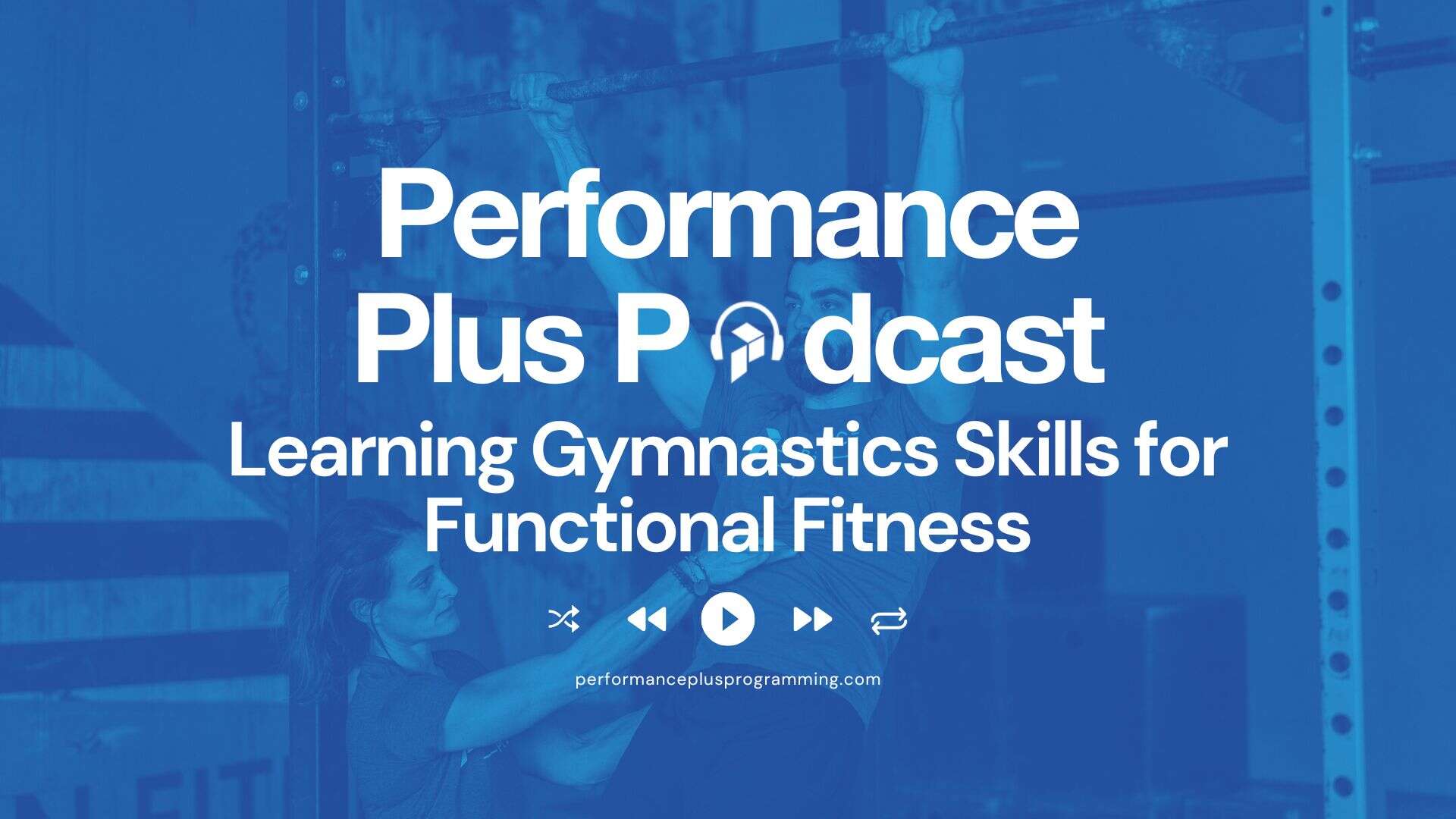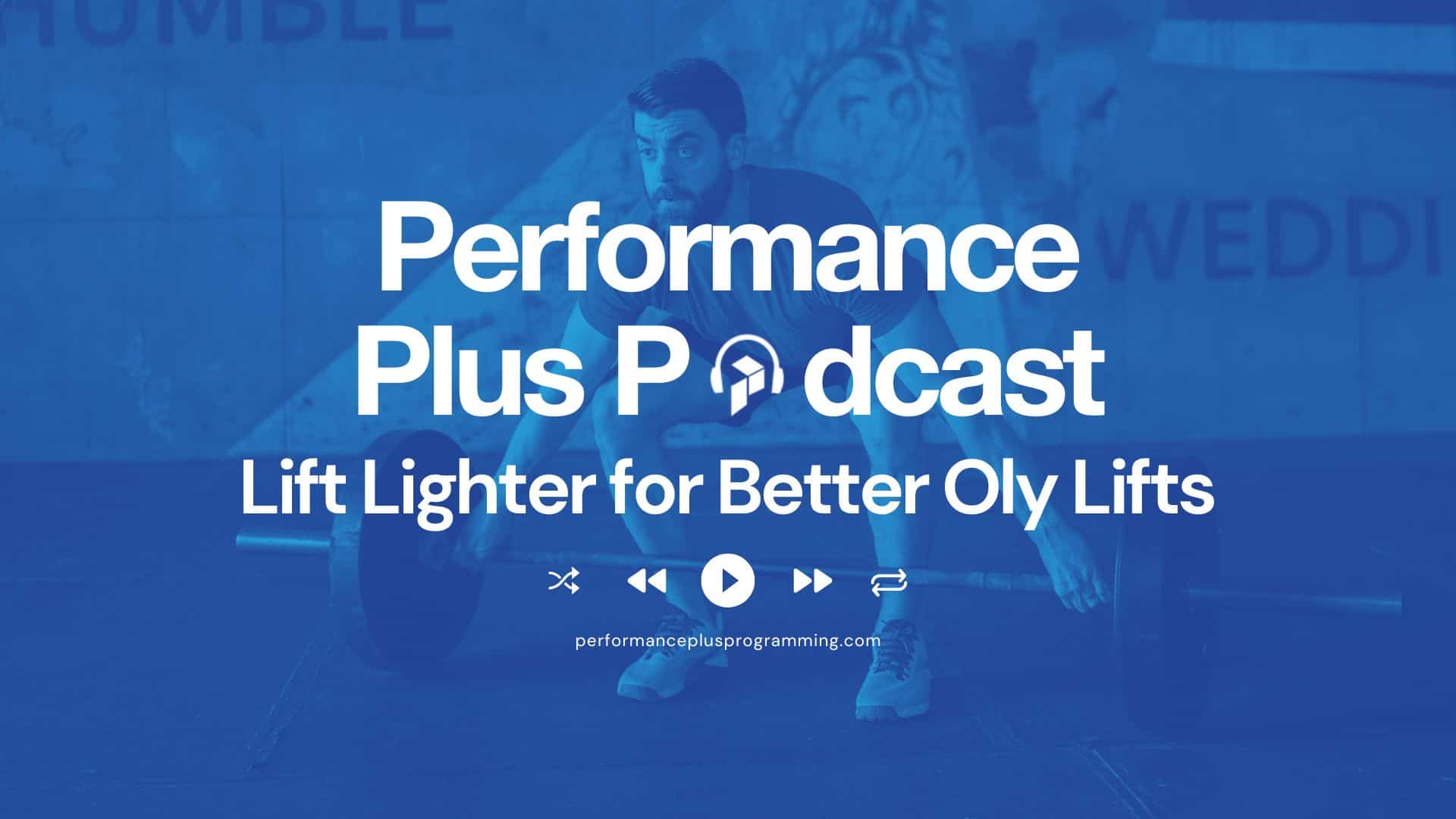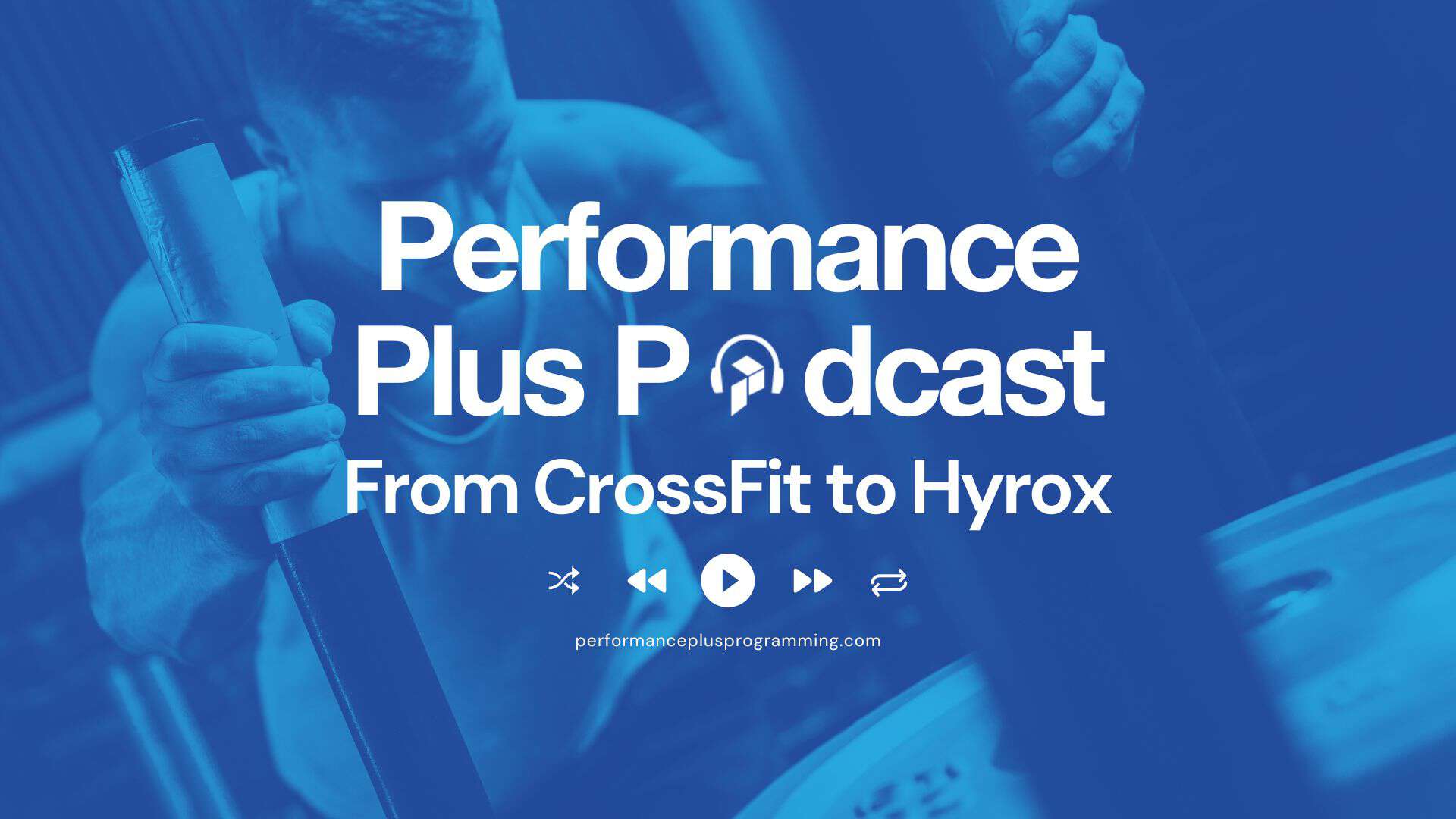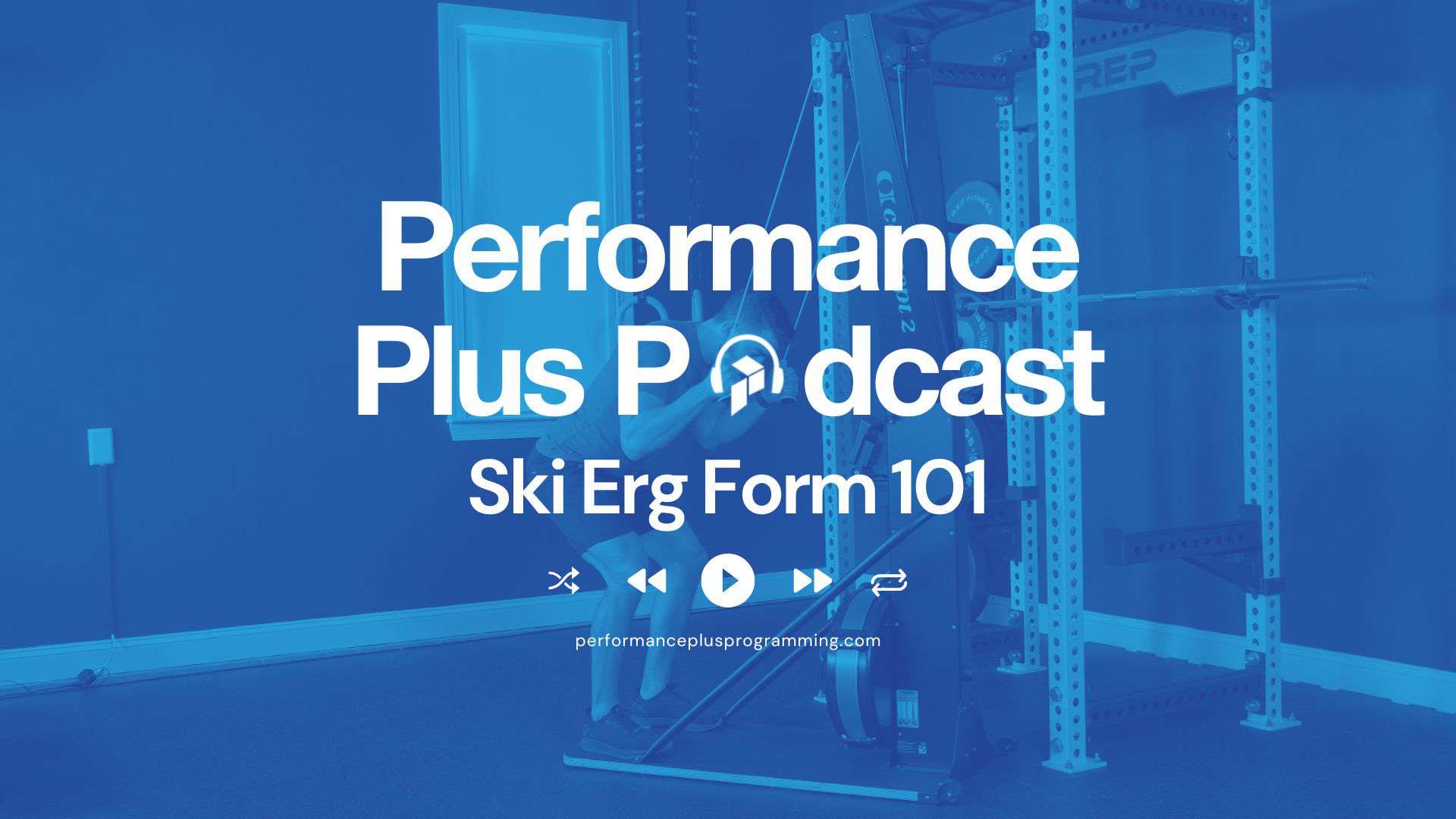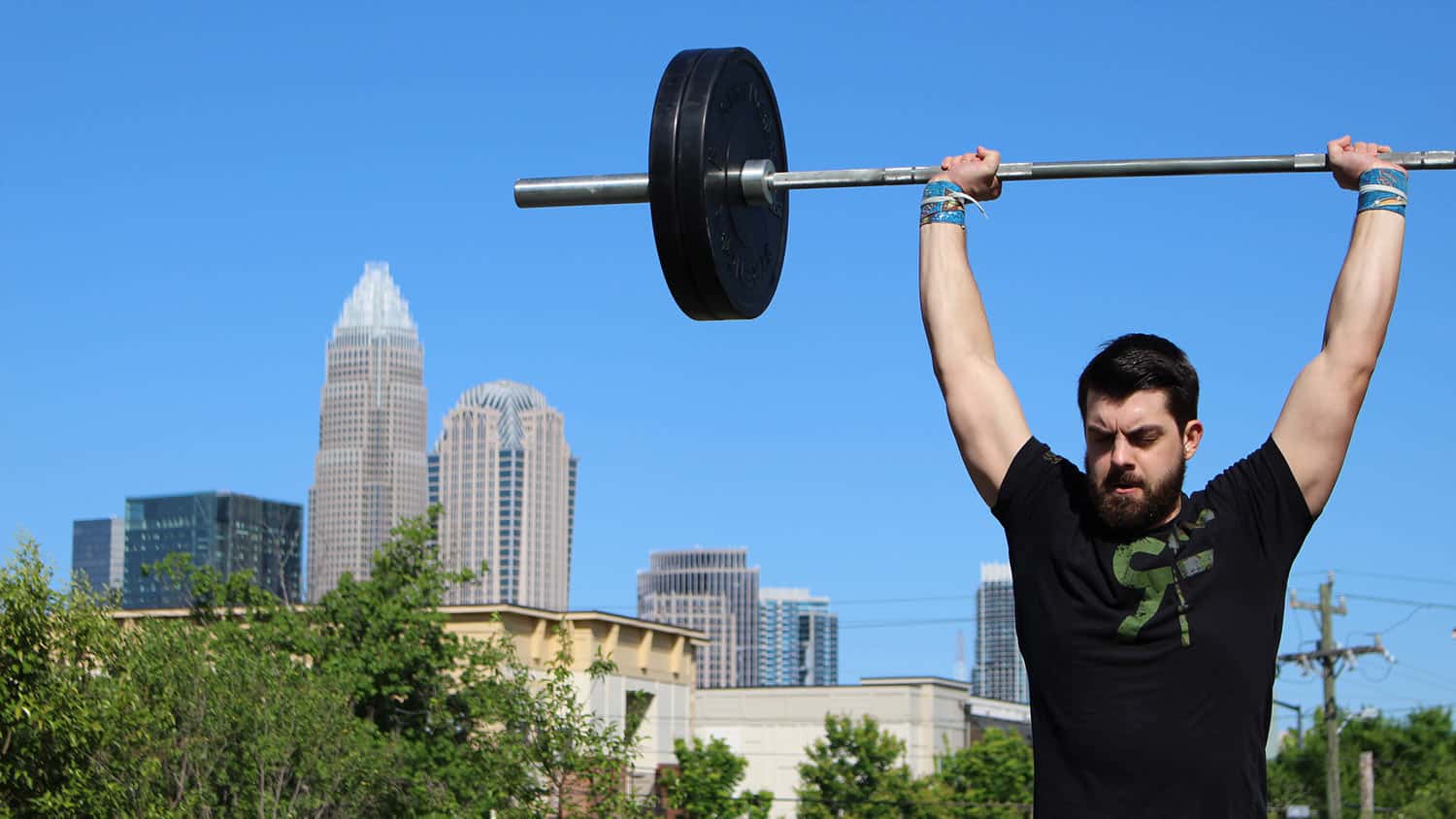
Accessory Work for Metcon Performance

If you’re serious about improving your performance in CrossFit, relying solely on group class programming may not get you there. Group workouts are fantastic for building general fitness and fostering community, but they’re not designed to address your specific limitations. Accessory work — when programmed correctly — helps fill those gaps so you can become a stronger, more resilient, and well-rounded athlete.
In this episode of the Performance Plus Podcast, Zach breaks down exactly how to approach accessory work across five essential categories: gymnastics, mobility, conditioning, strength, and prehab.
Accessory Work for Metcon Performance
Gymnastics Accessory Work: Don’t Just Try Harder — Train Smarter
Too often, athletes try to brute-force gymnastics skills — endlessly attempting reps without understanding the technique and strength required. The problem? Repeatedly practicing a movement with poor form (like chicken-winging your bar muscle-ups) just reinforces bad habits and increases injury risk.
Instead, break complex skills into their components:
-
Toes-to-bar: Focus on grip strength, hollow body control, and hip flexor activation.
-
Pull-ups & muscle-ups: Drill scapular engagement, kip timing, and build explosive pulling strength.
-
Handstand skills: Work shoulder mobility, overhead strength, and core balance drills.
Think of your gymnastics progress like a puzzle. Isolate the missing pieces, strengthen them, and then practice coordination to integrate them into the full skill with precision. Progress accelerates when you work smarter, not just harder.
View this post on Instagram
Mobility: Test, Don’t Guess
Mobility is often the root cause of poor movement mechanics, but many athletes waste time doing generalized stretching routines that don’t actually address the real problem. What’s more effective? Targeted mobility work based on specific limitations.
Start by identifying what’s truly holding you back in a movement:
-
Can’t hit depth in your squat? It could be stiff ankles, not tight hips.
-
Struggle with overhead positions? It may be thoracic spine stiffness, not shoulder tightness.
Use assessments like our Ultimate Mobility Checklist to pinpoint these limitations.
Then go beyond stretching:
-
Open the range with soft tissue and joint mobility drills.
-
Stabilize it with strength work in that new range.
-
Integrate it with drills that apply your new mobility in functional movement (e.g. squatting or pressing).
This approach leads to functional mobility — range of motion you can actually use under load.
Conditioning: Go Beyond the MetCon
If your only form of conditioning is traditional CrossFit-style MetCons, you’re missing out on untapped performance potential. While 8–15 minute workouts are great for intensity, most athletes get stuck in this “middle zone” and neglect training other energy systems.
To build a truly powerful engine:
-
Train below the MetCon zone with Zone 2 cardio (conversational pace) for 30–60+ minutes. This builds your aerobic base and helps with recovery between intense efforts.
-
Train above the MetCon zone with short, high-intensity intervals (e.g. 15-30 second sprints). These sharpen your top-end power and improve VO₂ max.
Mixing these conditioning types leads to better results when you return to typical CrossFit WODs. That’s the foundation of our Build Your Engine programs — and why many users see huge performance gains in just 6 weeks.
Strength: More Than Just the Main Lift
When you’re trying to get stronger in a particular lift — deadlift, squat, press — you need more than just hammering that lift. A well-rounded strength accessory program should include:
-
Consistent practice of the main lift: To improve deadlifts, you need to deadlift regularly with good form and proper intensity.
-
Form-focused variations: Exercises like tempo lifts, pauses, or partial range lifts (e.g. deadlift lift-offs or deficit pulls) reinforce proper mechanics and address weak points.
-
Muscle-building accessories: Target muscles that assist the lift — like glutes, hamstrings, and spinal erectors for deadlifts — using movements like Romanian deadlifts, GHDs, or reverse hypers.
This three-pronged strategy improves strength, cleans up form, and bulletproofs your movement patterns. It’s how we design our strength programs inside Performance Plus.
Prehab: Stay in the Game
Prehab is your secret weapon for longevity in the gym. Rather than waiting for pain or injury to sideline you, prehab addresses the areas most likely to break down — especially in high-volume, high-intensity training.
For fitness athletes, the most commonly injured areas are:
-
Shoulders
-
Low back
-
Knees/quads
A great prehab program uses low-fatigue, high-frequency work to strengthen these tissues without interfering with your main training.
Our Bulletproof Series (Shoulders, Low Back, Knees, and Glutes) is built exactly for this purpose — 10-15 minute sessions that you can layer into your weekly training to reduce injuries and boost performance.
Need Proven Accessory Work to Improve Your Metcon Performance?
If you’re ready to fill the gaps in your training, check out the Performance Plus accessory library — we’ve helped thousands of athletes move better, stay injury-free, and dominate their workouts.
